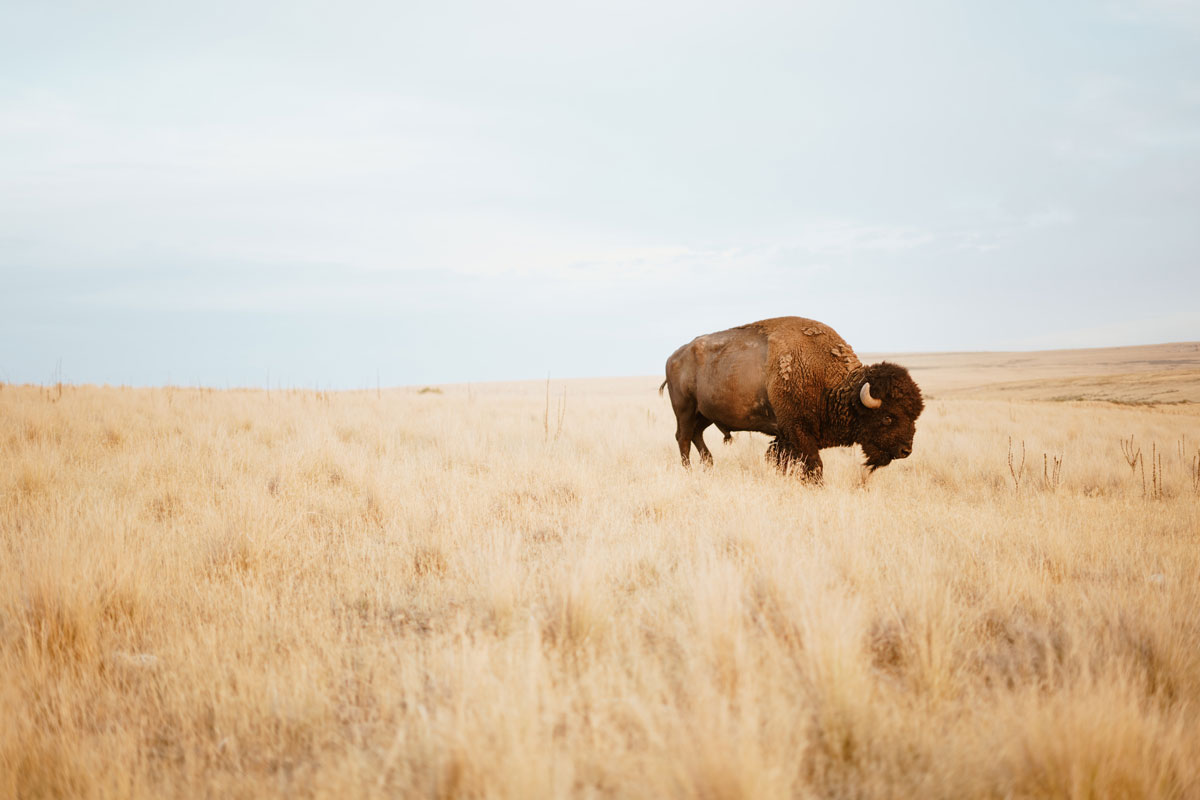
Dozens More Bison Released Onto Rosebud Sioux Reservation
- Thomas Nelson
- August 13, 2022
- Animals
- 0 Comments
Prior to the mid-1800s, between 30 and 60 million bison roamed free in North America. They could be found across the continent, but the majority of them called the Great Plains home. Their decline in North America had a few causes, including drought, the introduction of horses, and excessive hunting which saw as many as 25,000 killed each year.
Today, there are roughly 31,000 bison living in North America. There are two subspecies, plains and wood bison, of which there are 20,000 and 11,000 respectively. Now, another 60 bison are able to call the Rosebud Sioux Indian Reservation in South Dakota home.
This release is one of several that will take place over fall and winter with an aim to increase the size of the herd to 900 by November. Their hope is that when calves are born in spring, that number will jump by another 100 to 1,000 bison. It is the largest Native American-managed herd of Bison.
“When the bison were released there was some initial hesitation to leave the corral where they were being kept to acclimate, but once a couple of animals slowly made their way out the rest began to run and you could hear and feel the thundering of their hooves on the prairie as they set off exploring their new home at Wolakota,” Dennis Jorgensen, bison program manager at the World Wildlife Fund, told Treehugger.
“The presence of so many community members and their expression of pure joy at seeing the buffalo back on the land was one of the most powerful parts of watching the bison come home to the prairie.”
In the video below, you can see their hesitation at first. They seemed to slowly walk away from their release site. Once they realized they had more than 28,000 acres to roam, they took off in a stampede. Watch below:
Jorgensen says that returning these animals to their native range is important both to the tribal communities that call the Walakota Buffalo range home and the natural environment as well. Their eventual goal is to restore 5 herds of 1,000 bison in the Northern Great Plains by 2025.
“First and foremost, the project is responding to the community’s desire to bring their relative, the bison back to tribal lands and the Wolakota Buffalo Range after an absence of nearly 140 years,” Jorgensen told Treehugger.
“Bison are a native grazer in the Northern Great Plains and will begin to interact with other native species of plants and animals on the landscape that they evolved with over thousands of years, restoring their ecological role in the system,” He continued.
“The return of bison is also bringing cultural renewal. REDCO has established a Lakota immersion school that is teaching the children about their language and culture and their ties to the land, the bison, and Lakota lifeways (Wolakota in the Lakota language).”
Read Next: There Are 40% More Wild Tigers Than Previously Thought

